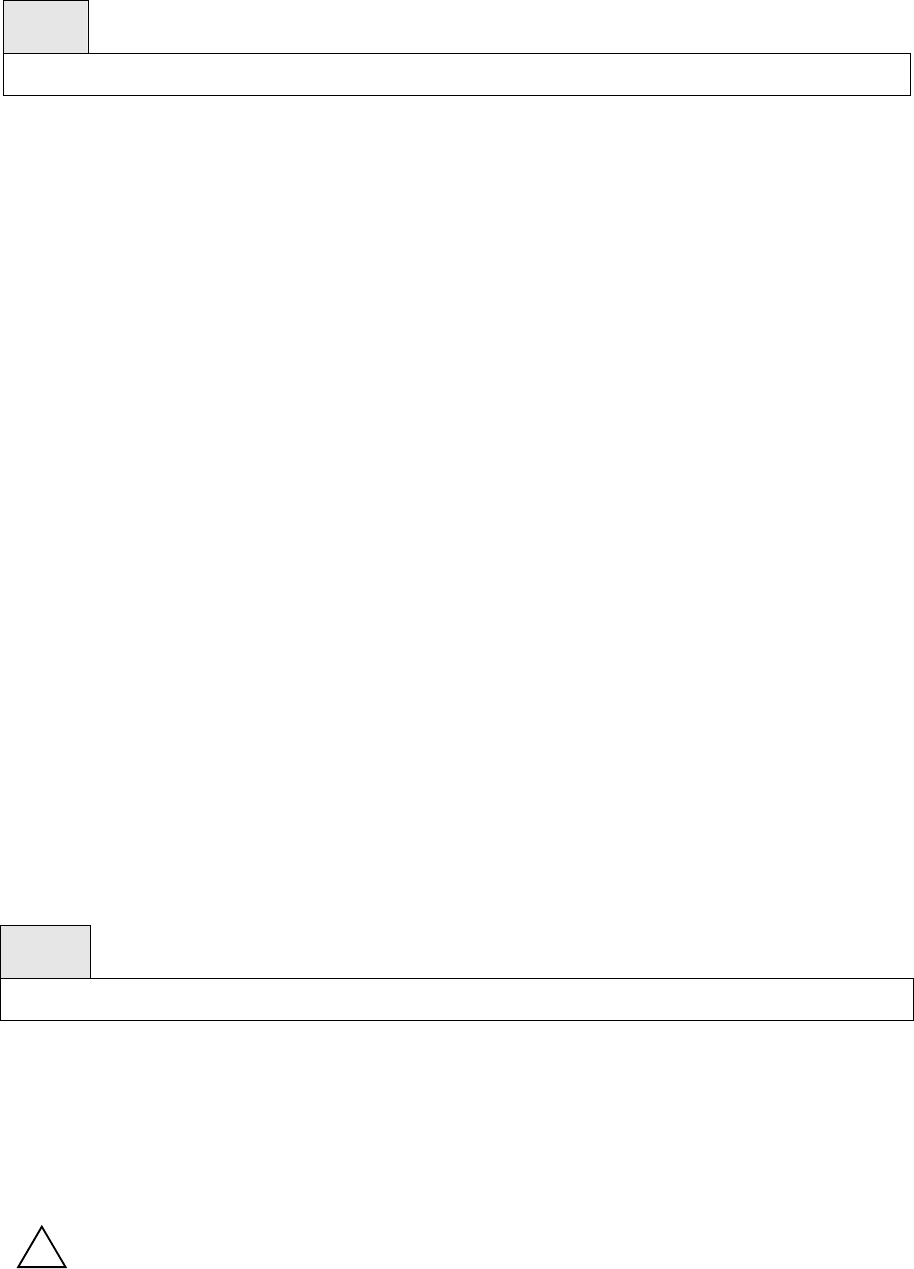
- 362 -
Syntax
no diffserv
Command Mode
Global Config
7.21.2 Class Commands
The 'class' command set is used in DiffServ to define:
Traffic Classification specifies Behavior Aggregate (BA) based on DSCP, and Multi- Field (MF)
classes of traffic (name, match criteria)
Service Levels specifies the BA forwarding classes / service levels. Conceptually, DiffServ is a
two-level hierarchy of classes: 1. Service/PHB, 2. Traffic Class
This set of commands consists of class creation/deletion and matching, with the class match commands
specifying layer 3, layer 2, and general match criteria. The class match criteria are also known as class
rules, with a class definition consisting of one or more rules to identify the traffic belonging to the class.
Note that once a class match criterion is created for a class, it cannot be changed or deleted - the entire
class must be deleted and re-created.
The CLI command root is class-map.
7.21.2.1 class-map
This command defines a new DiffServ class of type match-all, match-any or match-access-group.
Syntax
class-map [ match-all ] <class-map-name> [{ipv4 | ipv6}]
<class-map-name> is a case sensitive alphanumeric string from 1 to 31 characters uniquely identifying
the class.
When used without any match condition, this command enters the class-map mode. The
<class-map-name> is the name of an existing DiffServ class.
!
The class name 'default' is reserved and is not allowed here. The class type of match-all
indicates all of the individual match conditions must be true for a packet to be considered a
member of the class.
The optional keywords [{ipv4 | ipv6}] specify the Layer 3 protocol for this class. If not
specified, this parameter defaults to ‘ipv4’. This maintains backward compatibility for
configurations defined on systems before IPv6 match items were supported.


















